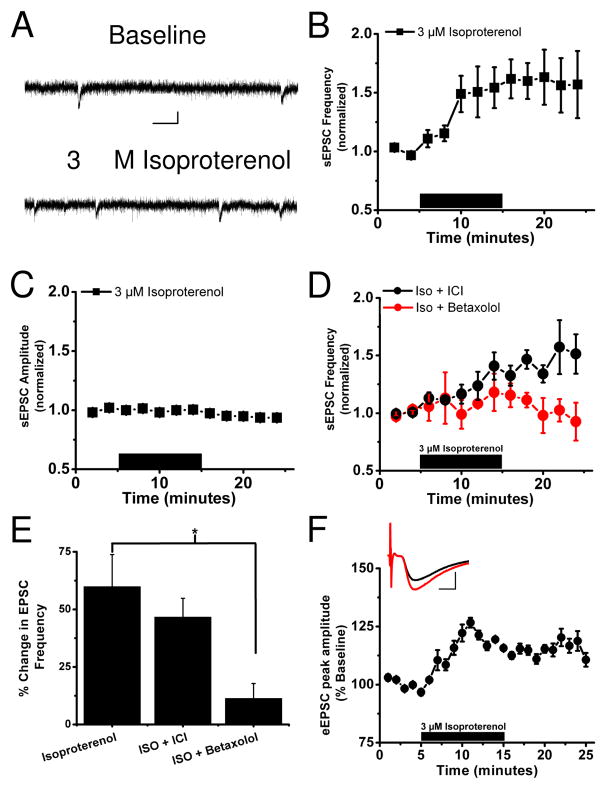Figure 1. Beta adrenergic receptor activation increases spontaneous glutamatergic transmission in a CRFR1-dependent manner.
A) Representative sEPSC recordings in the dlBNST demonstrating the ability of isoproterenol to enhance glutamatergic transmission. Calibration: 20 pA, 50 ms.
B) Application (10 minutes) of 3 μM isoproterenol increases sEPSC frequency in the dlBNST
C) Application (10 minutes) of 3 μM isoproterenol has no effect on sEPSC amplitude in the dlBNST
D) In the presence of the β1 adrenergic receptor antagonist betaxolol (10 μM) but not the β2 antagonist ICI118,551 (10 μM) application (10 minutes) of 3 μM isoproterenol does not alter sEPSC frequency
E) Bar graph representing the lack of effect of isoproterenol on sEPSC frequency in the presence of the β1 adrenergic receptor antagonist betaxolol but not the β2 antagonist ICI118,511 (*p<0.05).
F) Application of 3 μM isoproterenol produces a modest increase in evoked EPSCs. Inset representative traces before (black) and after (red) isoproterenol application, calibration: 100 pA, 1ms.

